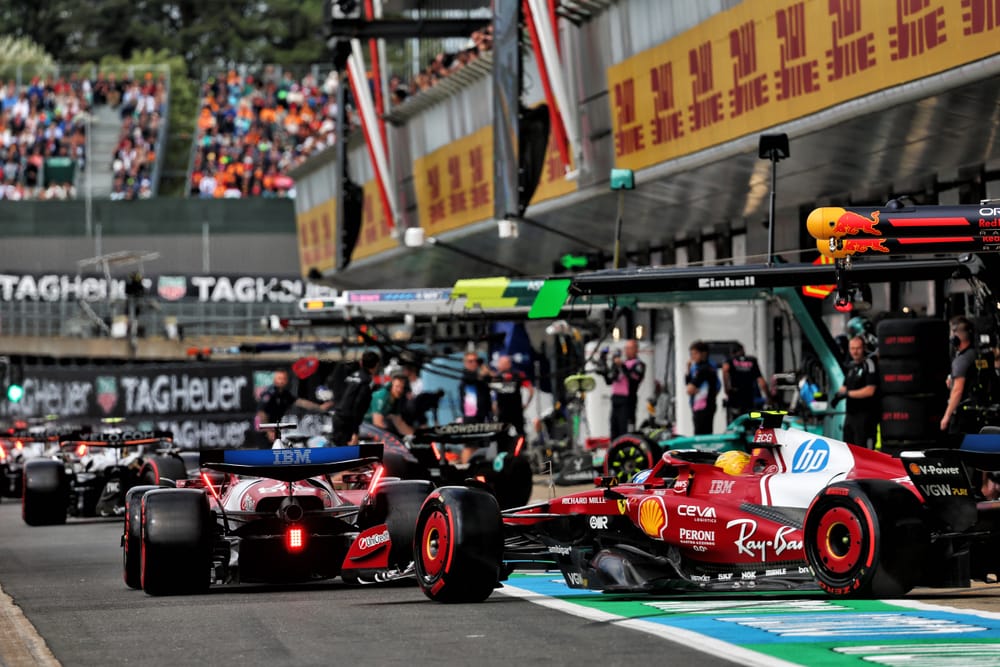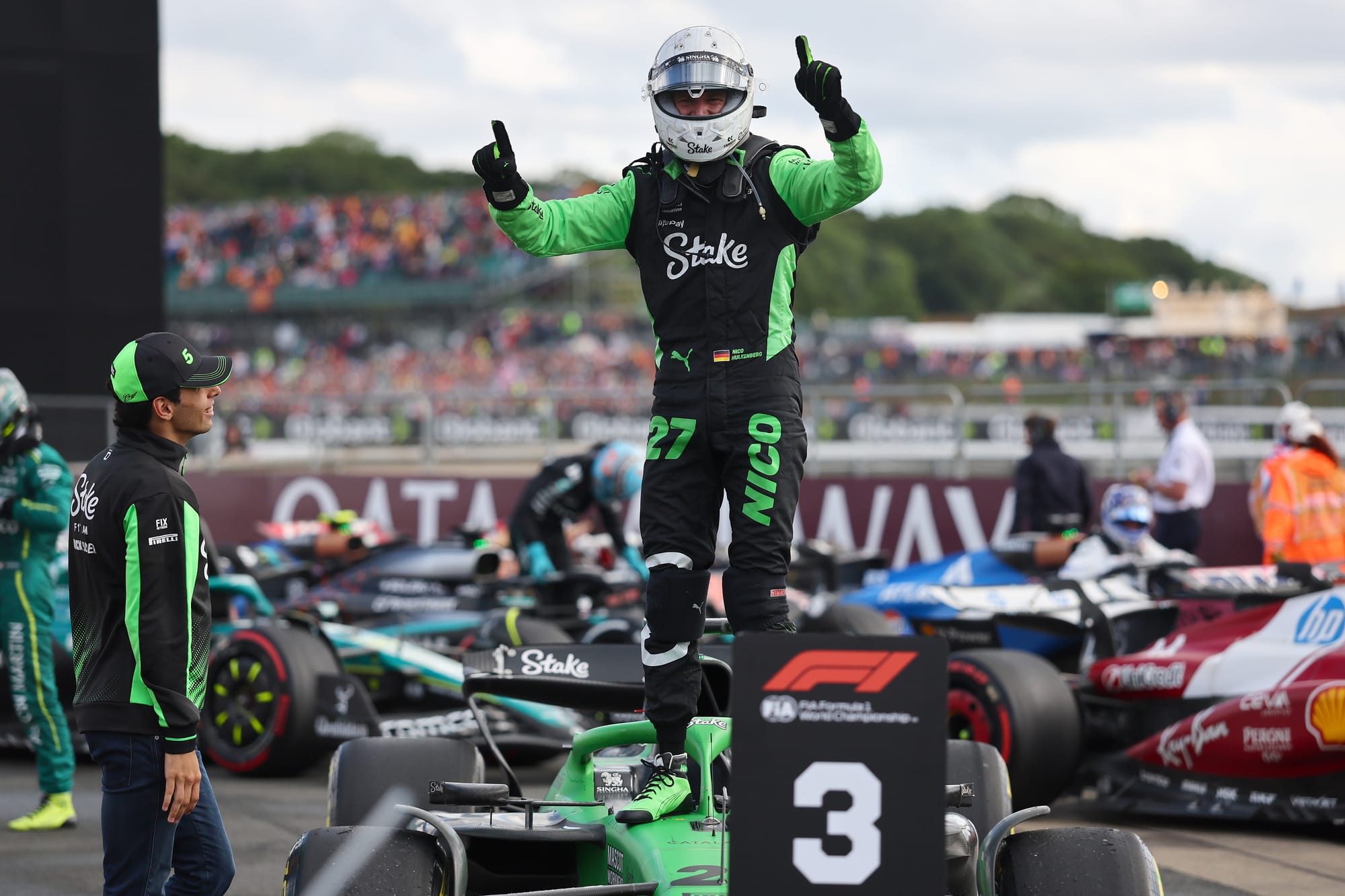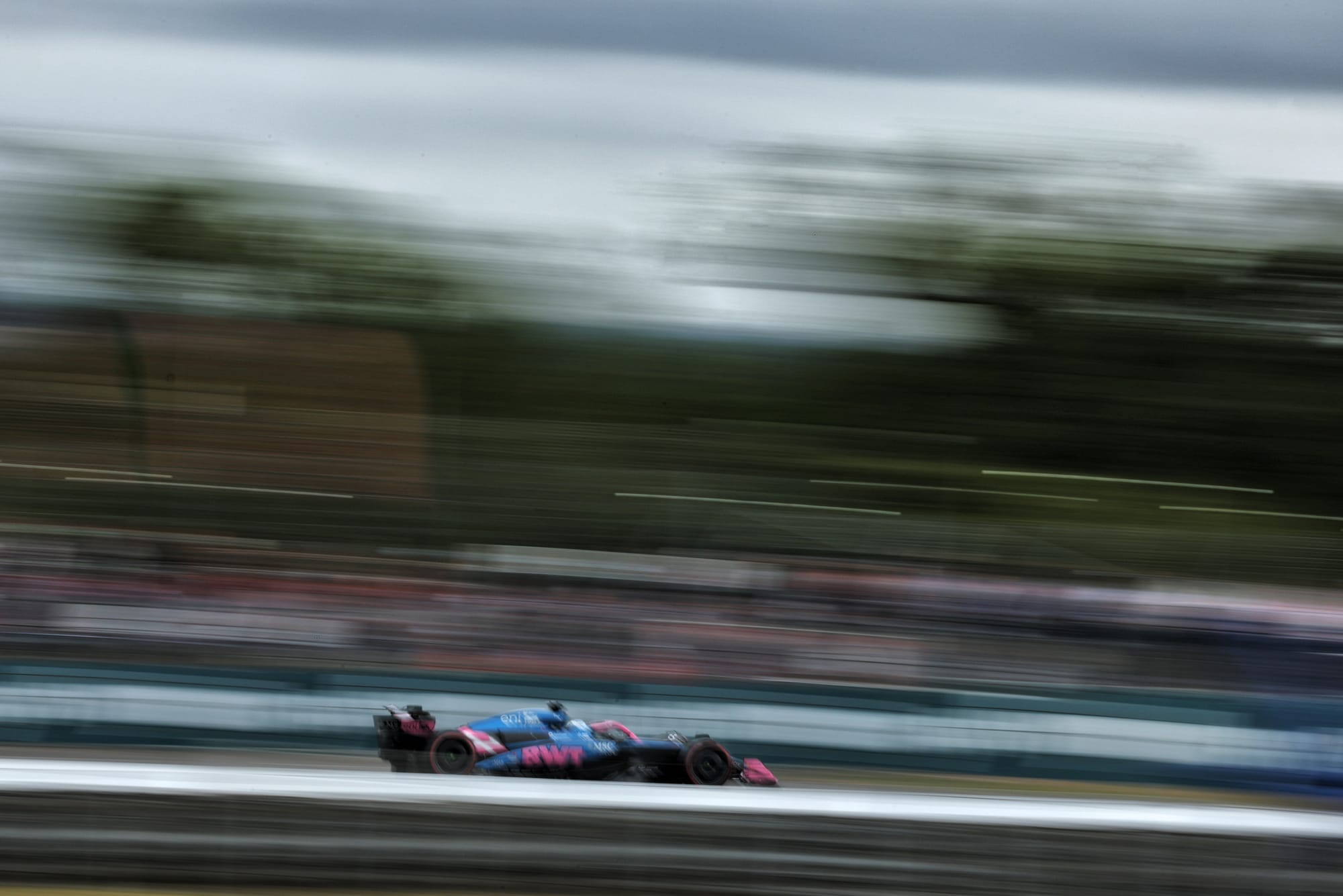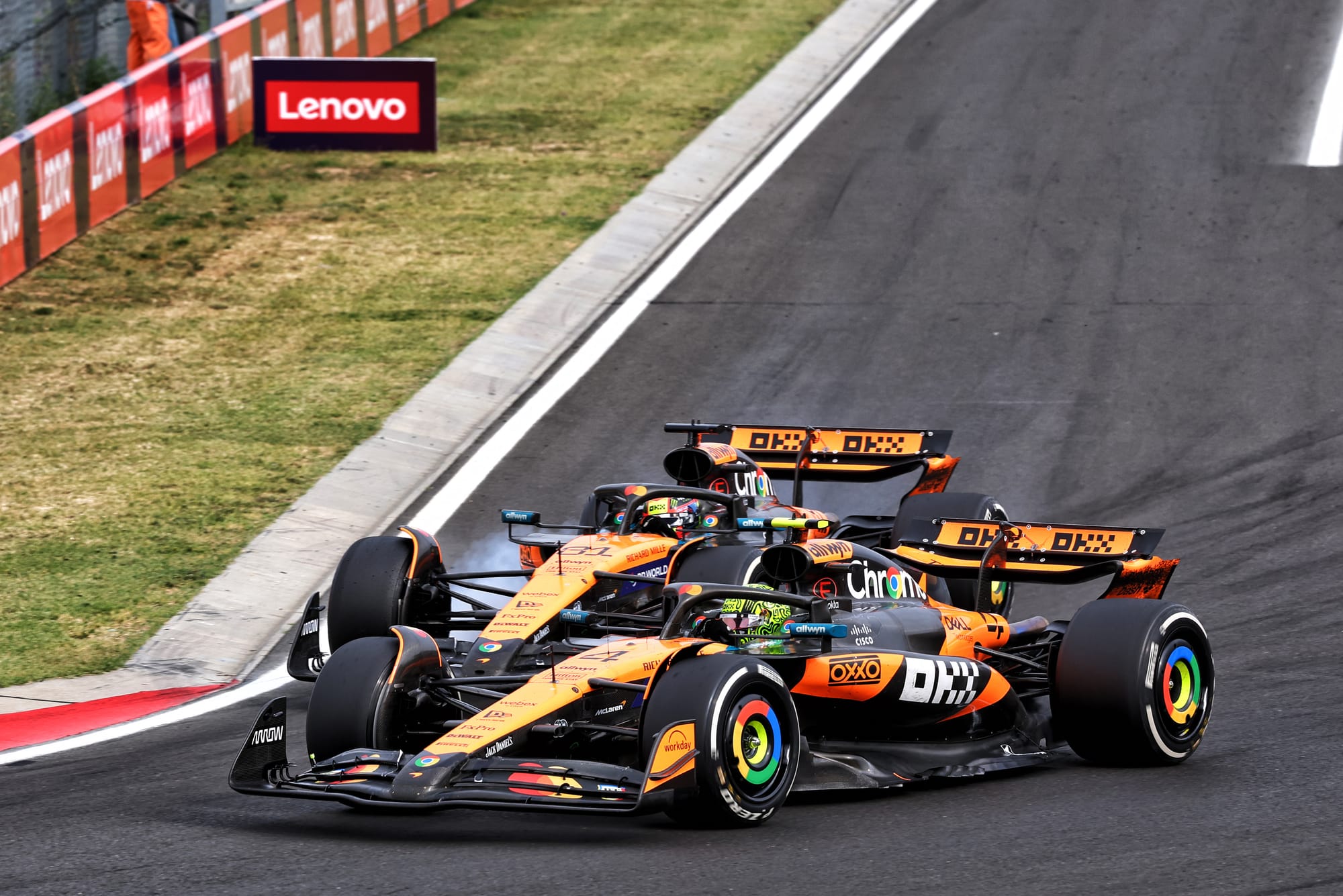The championship table doesn't lie, as the saying goes, but when it comes to Formula 1 it isn't always a genuine reflection of the success or failure of the teams.
That's why we've taken the opportunity presented by F1's August break to evaluate each team's performance against what was expected of them heading into the season. For some, that meant wins and championship challenges, for others, the battle for midfield respectability.
To mark their efforts, we're using a classic school report grade. That means a letter from A to F, with A for excellent down to F for terrible, to reflect the overall level of performance.
Then, there are three available sub-divisions, for example B plus, B or B minus. This reflects the team's effectiveness in maximising the potential of its car on track. So producing a fast car but not delivering the results it should have got will get you a minus.
We'll also explain why we've awarded the grades we have and give an overview of the season so far for the 10 F1 teams.
Red Bull: Grade D
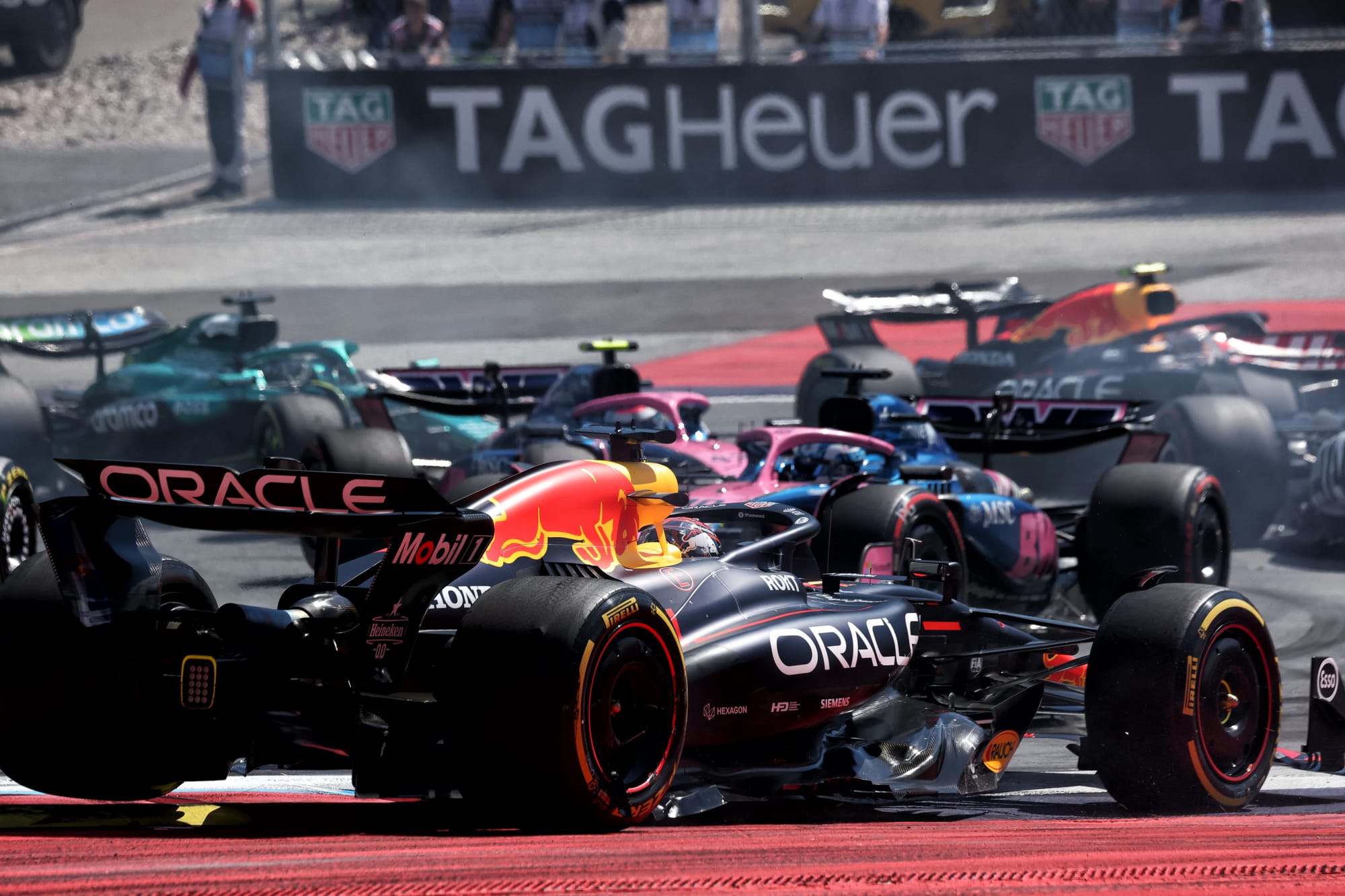
Championship position: 4th
Points: 194
Red Bull has had a good season on track by the standard of most teams. Unfortunately, this isn't just any other team; it's the one that has dominated the current rules era. Nothing less than a championship challenge is acceptable and any hope of that in 2025 is effectively gone.
Two wins, plus a sprint victory, simply isn't good enough, especially amid the upheaval of team principal Christian Horner's sudden departure and the trials and tribulations of the second car.
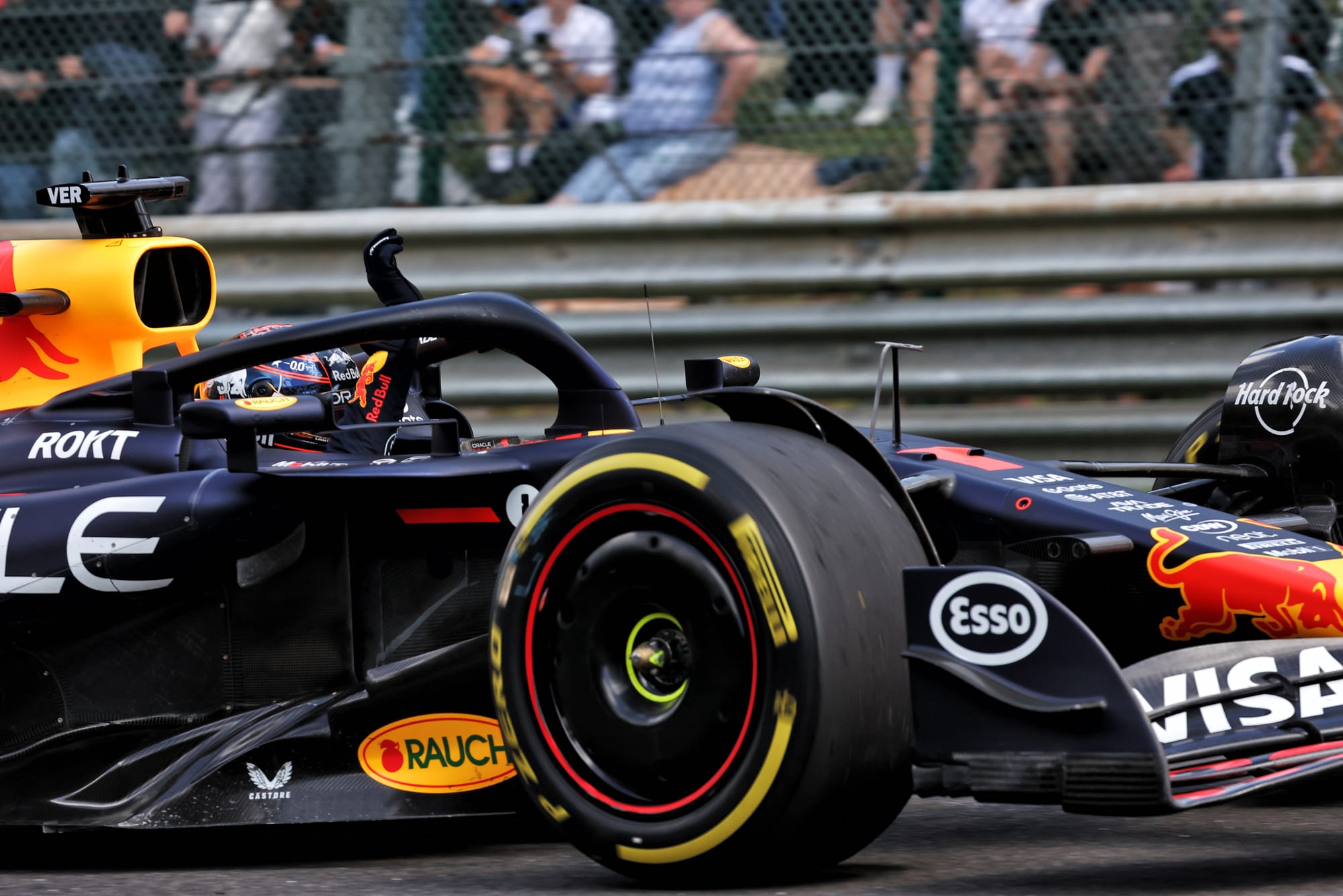
Max Verstappen has been the team's saviour, producing against-the-odds wins at Suzuka, Imola and on Saturday at Spa, but even he can't defy the laws of physics in a car he says is "still not where I need it to be" and "is limiting me from going fast".
These balance limitations, with understeer too often inhibiting him mid-corner, have persisted from last year. But that's not the only problem, because at the Hungaroring before the August break the team was also baffled by the all-round lack of grip.
There are signs of progress, with the upgrade introduced before the break in Belgium working well, but it's nowhere near enough.
Verdict: Solid execution trackside flatters Red Bull.
Sauber: Grade B+
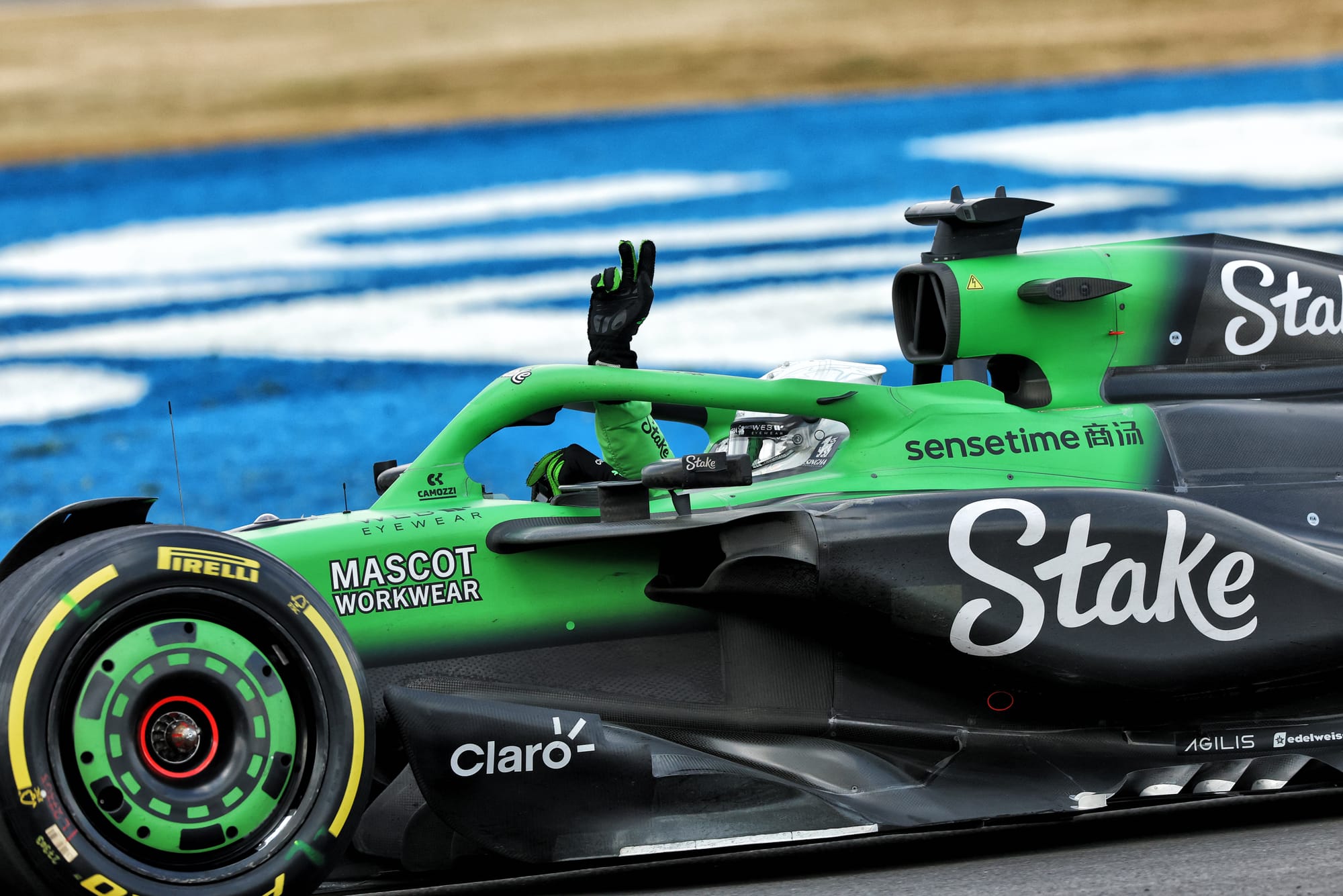
Championship position: 7th
Points: 51
Sauber was all over the place in pre-season testing in Bahrain, forced into a narrow mechanical window with a car that didn't give the drivers confidence to attack.
That improved for the first race of the season in Australia, where the proper 2025-specification front wing, sidepods and floor appeared. As technical director James Key puts it, this "was really the intended race car".
The Sauber was tricky to drive, but could at least get into Q2 with a good performance, but it was the Spanish Grand Prix floor upgrade at the end of May that transformed its season. That made the car not only quicker but, crucially, far less peaky and confidence-inspiring for drivers Nico Hulkenberg and Gabriel Bortoleto. Subsequent evolutions of the floor introduced at the Red Bull Ring and Silverstone built on that.
It's made the Sauber a regular points-scorer, with Hulkenberg bagging a podium finish at Silverstone thanks to a brilliantly executed race in the wet and Bortoleto picking up points in three of the last four races before the August break.
"Still it’s not a car that is easy to handle and you need to fight with it," is Bortoleto's verdict on a car that has allowed Sauber to go from embarrassment to consistent and credible midfield performer.
Verdict: Tangible progress ahead of Audi transformation.
Ferrari: Grade D
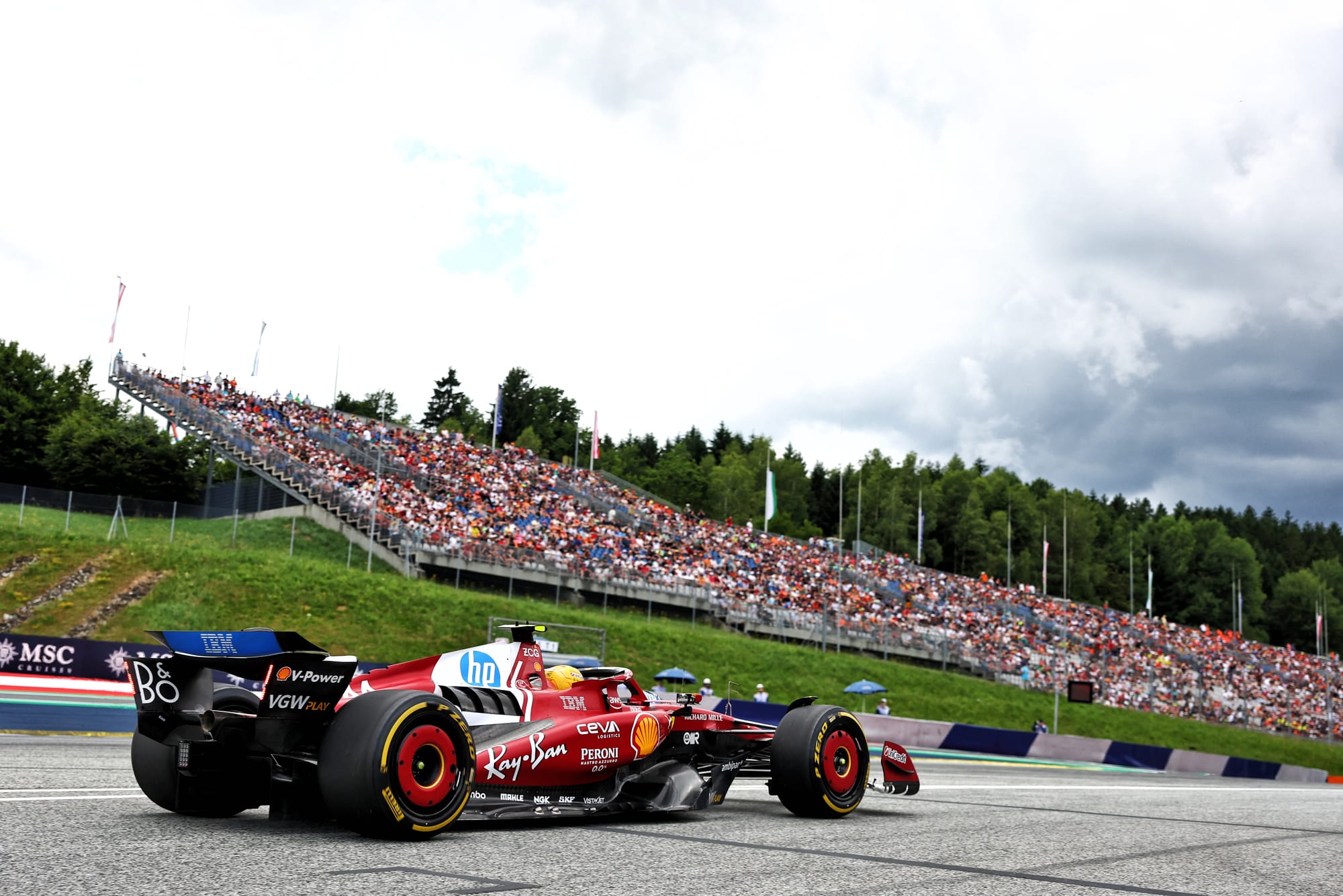
Championship position: 2nd
Points: 260
After last year's near-miss in the constructors' championship, expectations were high at Ferrari for 2025. But it has failed to meet them spectacularly.
Ferrari has managed just five podium finishes, as well as Lewis Hamilton's unexpected win in the China sprint race. Charles Leclerc talks of "the fact there was so much hype around the team at the beginning of the year" making things worse, but the fact is that the internal expectations matched those on the outside.
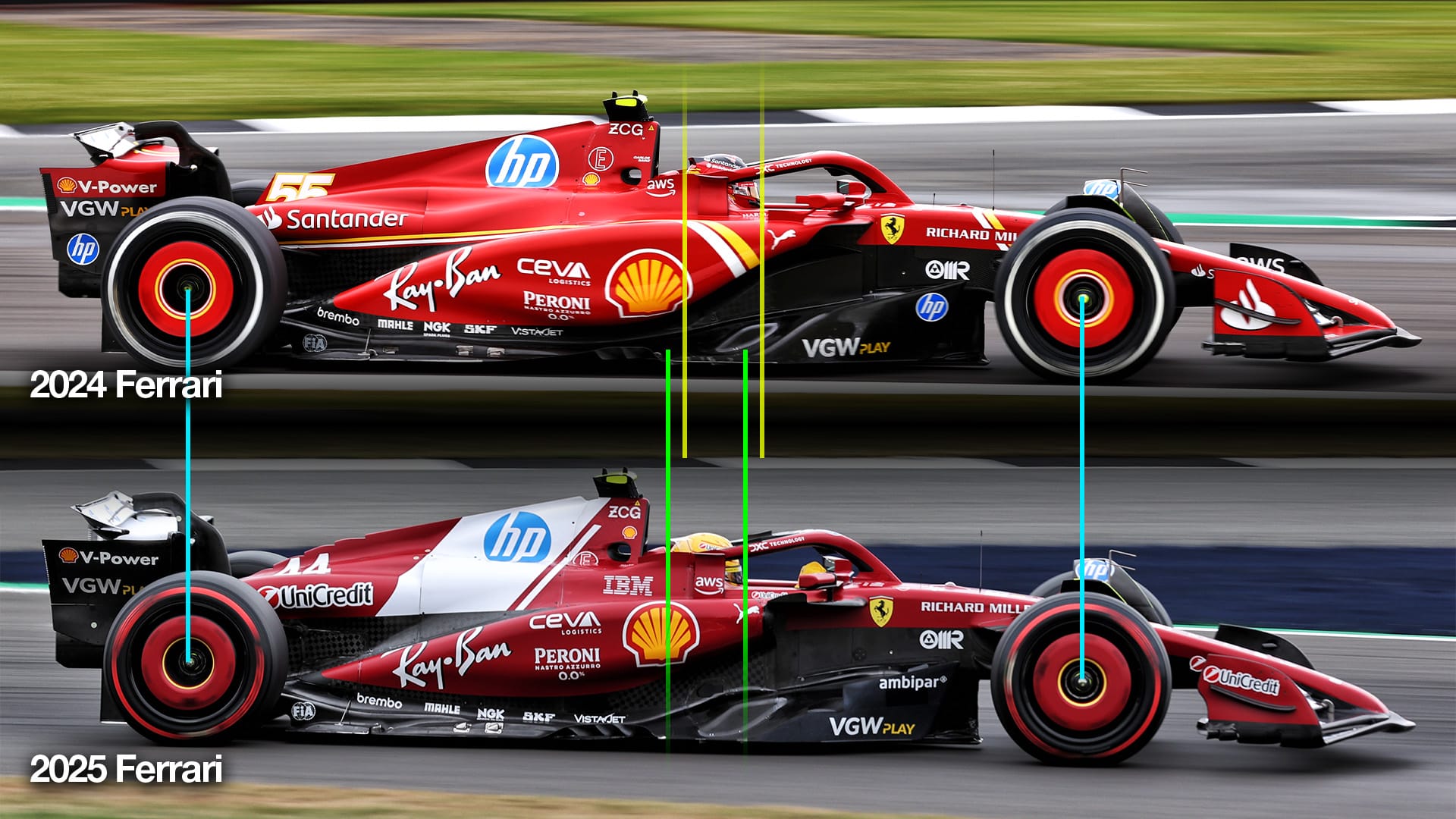
Changes to the car for 2025, pushing the cockpit rearwards and shortening the gearbox to facilitate that within the same wheelbase to open up aerodynamic opportunities, didn't pay off as expected. The central damper at the rear was tightly packaged and not powerful enough to provide adequate ride height control.
The result was a car that had to run higher than intended, shedding downforce. Rear suspension upgrades at Spa last month tackled that, and gave Leclerc in particular more confidence with the car when on the edge, but it’s still not enough. And even when the car does qualify at the front, as it did in Hungary, problems mean it fades.
Add to that Hamilton's struggles to adapt, although his performance level has been a little better than the results indicate, and it's made for a painful year at Maranello.
Verdict: Winless when a title push was required.
Alpine: Grade F
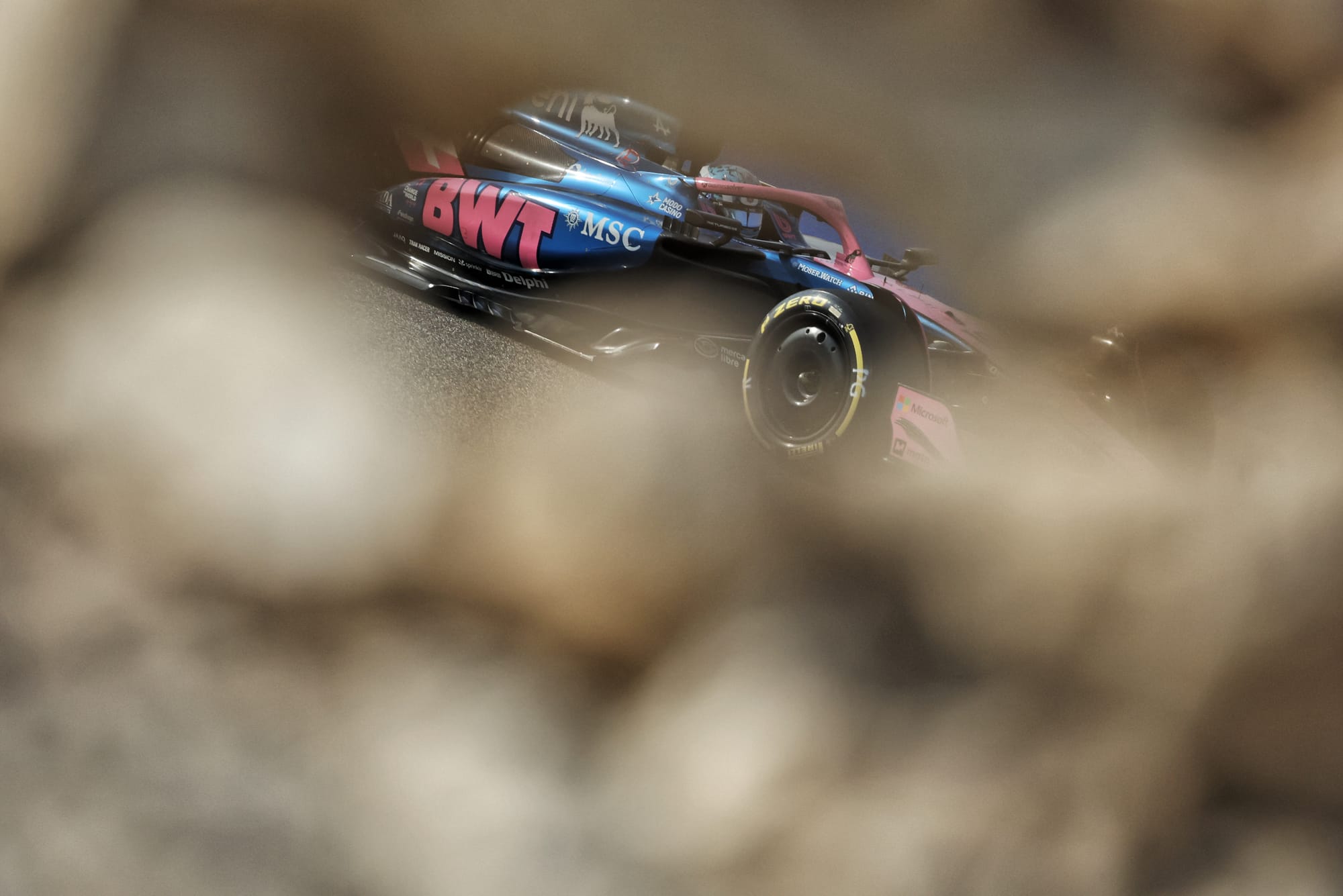
Championship position: 10th
Points: 20
After its strong finish to 2024 and promising pace in pre-season testing, Alpine appeared to be a contender to lead the midfield. Instead, it's rock bottom.
A key problem is that, as technical director David Sanchez puts it, "we know we're on the back foot with energy recovery" from the Renault engine. This not only means set-up compromises but also often leads to race pace being worse than qualifying pace.
The chassis itself is not bad - strong in the faster corners in particular - and that has made it the seventh-fastest car on average on single-lap pace. However, it has also been an erratic performer and it would be a mistake to characterise this purely as Alpine being let down by the power unit. The car is also weak on traction and struggles on the bumps.
"We know to be consistently in the top 10 in the races is pretty much not achievable," says Pierre Gasly, who has fought the good fight almost single-handedly given the mismanagement of the second seat with Jack Doohan replaced by Franco Colapinto.
Add to that the sudden departure of team principal Oliver Oakes, and it makes for a desultory season.
Verdict: Simply not good enough.
Racing Bulls: Grade B-

Championship position: 8th
Points: 45
No team has led the midfield pack more frequently than Racing Bulls in 2025. It has what is by design a relatively benign and consistent car that gives the drivers confidence, albeit one that doesn't have quite as much downforce as they would like. Team principal Alan Permane calls it "an easy car for the engineers to get in the optimum window".
The main criticism of Racing Bulls is this pace hasn't translated into points as consistently as it should have done. Although that's partly down to the enforced swap of Yuki Tsunoda and Liam Lawson after two races, there are also occasions such as Australia and China where strategic errors cost significant points.
But there were upgrades for the recent Belgian GP, including a diffuser geometry tweak, with a little more to come after the August break.
Racing Bulls has a car that when everything is right can be top of the midfield. That was demonstrated spectacularly well in Austria, where Lawson qualified and finished sixth. And it is still in the mix to be the leading midfield team, with its single-lap pace comparable to Williams's.
But improvements must be made in race-weekend execution to ensure Racing Bulls scores the points that the car's pace deserves, because it hasn't made the most of a quick machine.
Verdict: Decent car but needs to up strike rate.
Mercedes: Grade C-
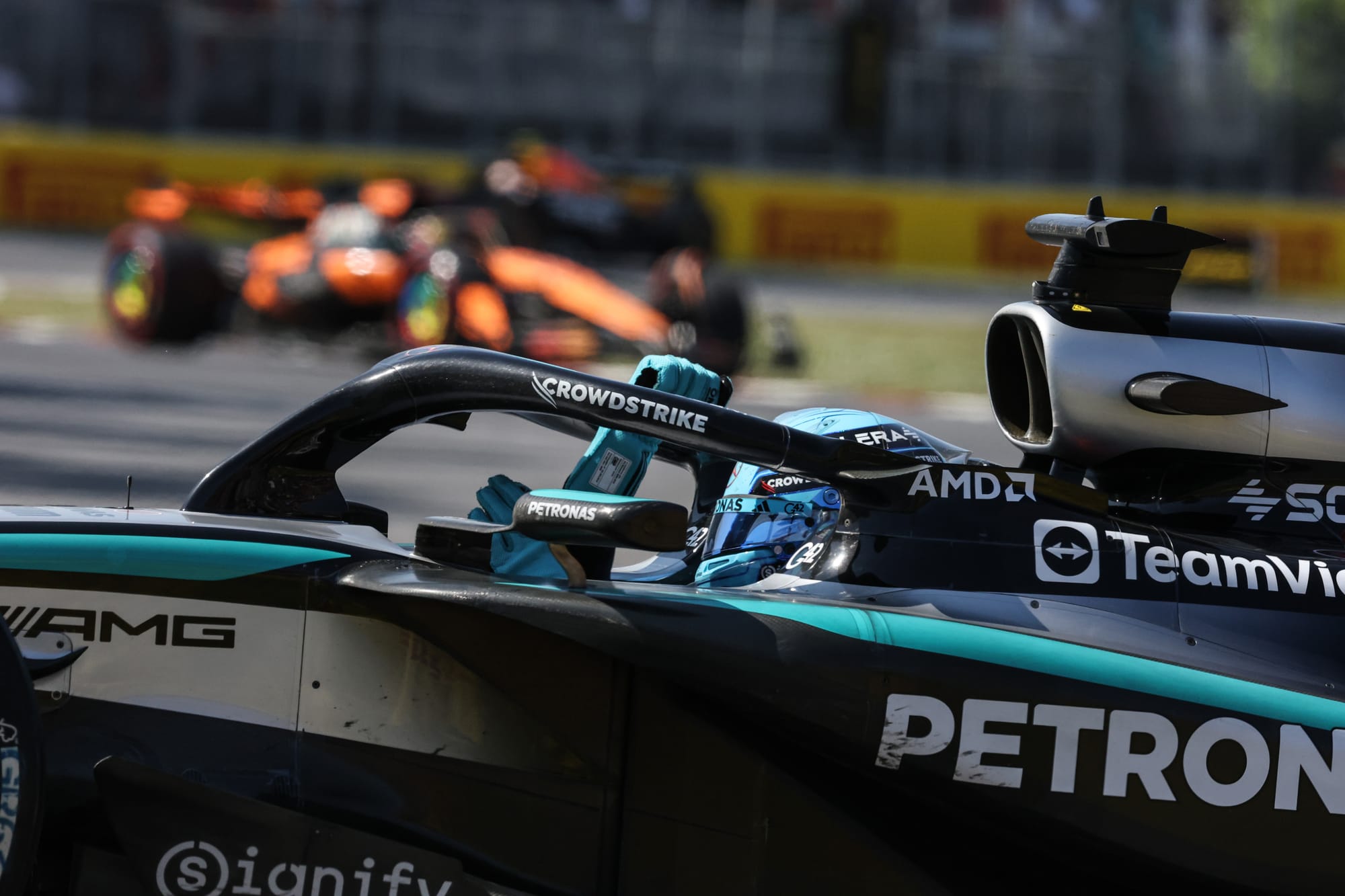
Championship position: 3rd
Points: 236
Two problems have blighted Mercedes in 2025: the first is its longstanding struggle as the temperature rises; the second the problems with the rear suspension upgrade it introduced for the seventh race of the season at Imola.
The upgrade, which improved the anti-lift characteristics, ultimately made the car more unstable. Although Mercedes won with it in Canada, where it worked well thanks to the short-duration corners and the amount of straight-line braking required, the fact that the W16 was so competitive after reverting the suspension specification in Hungary was telling.
That's why team principal Toto Wolff says "that rear axle will be ending in a bin somewhere".
There have been some encouraging signs, notably the fact that the car seems to inspire confidence in the drivers when it is in the right window and specification and that's allowed George Russell to have a hugely impressive season.
But Mercedes has ended up in much the same position it was last year: able to challenge for victory on its day but generally third or fourth best.
Verdict: Little progress relative to its rivals.
Aston Martin: Grade C+
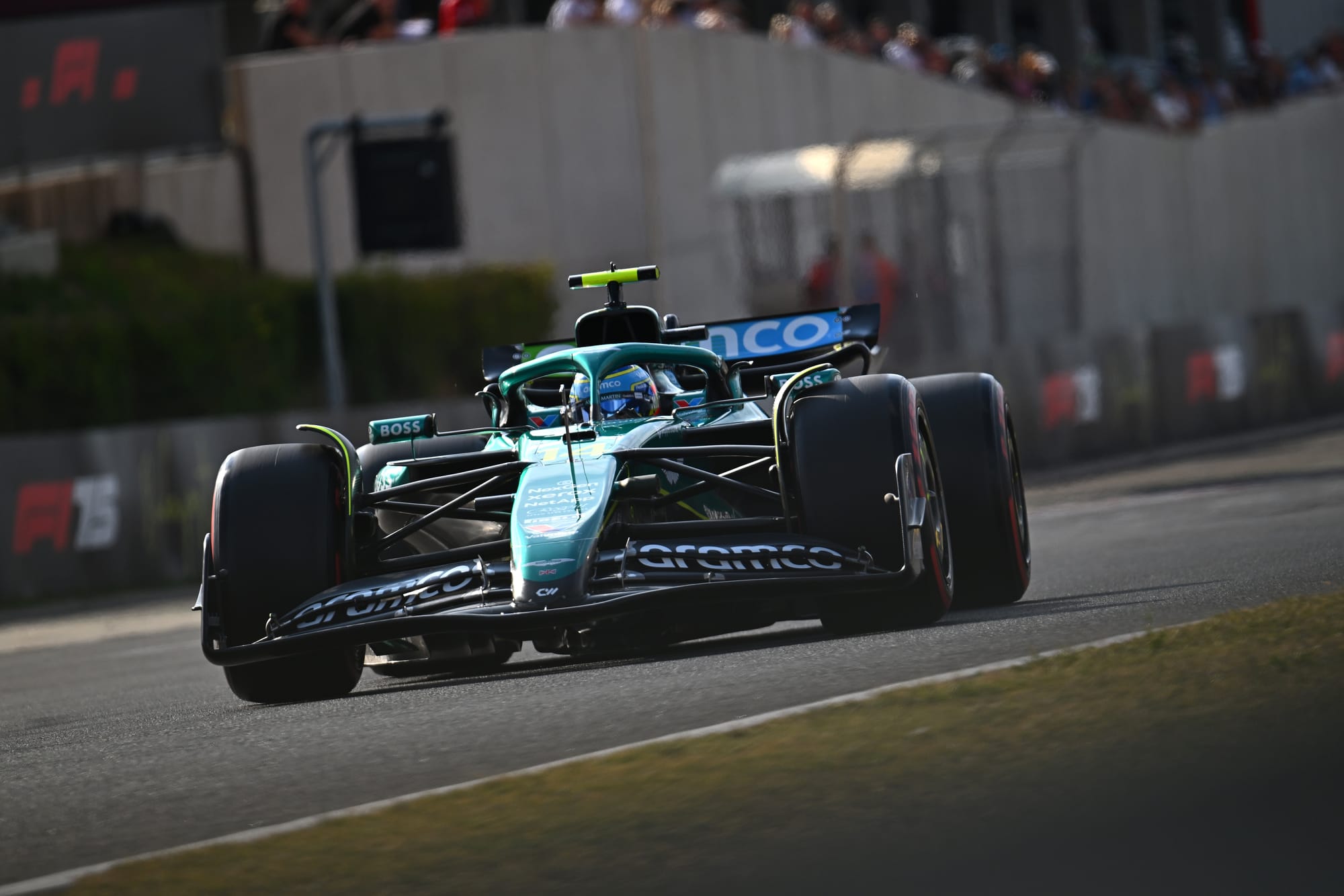
Championship: 6th
Points: 52
Aston Martin has been all over the map in 2025. No more starkly was that illustrated than in the double-header preceding the August break: it was slowest in Belgium, but headed the midfield in Hungary.
Its performance level at two very different tracks is telling, with Fernando Alonso saying in Hungary that "we didn't change the car massively since Spa" and attributing the dramatic performance swing to track characteristics.
The longstanding struggle for aerodynamic efficiency made Spa a nightmare, but running the older-specification floor introduced at Imola in May at the Hungaroring allowed the car to be strong in the medium-speed corners on top of exhibiting good traction.
Having started the season badly, Aston Martin has at least improved to the point where it can be a threat at the front of the midfield on favourable tracks.
And it does seem to at least have a better handle on what's working and what isn't than last year.
Verdict: Solid recovery, but poor start.
Williams: Grade A-
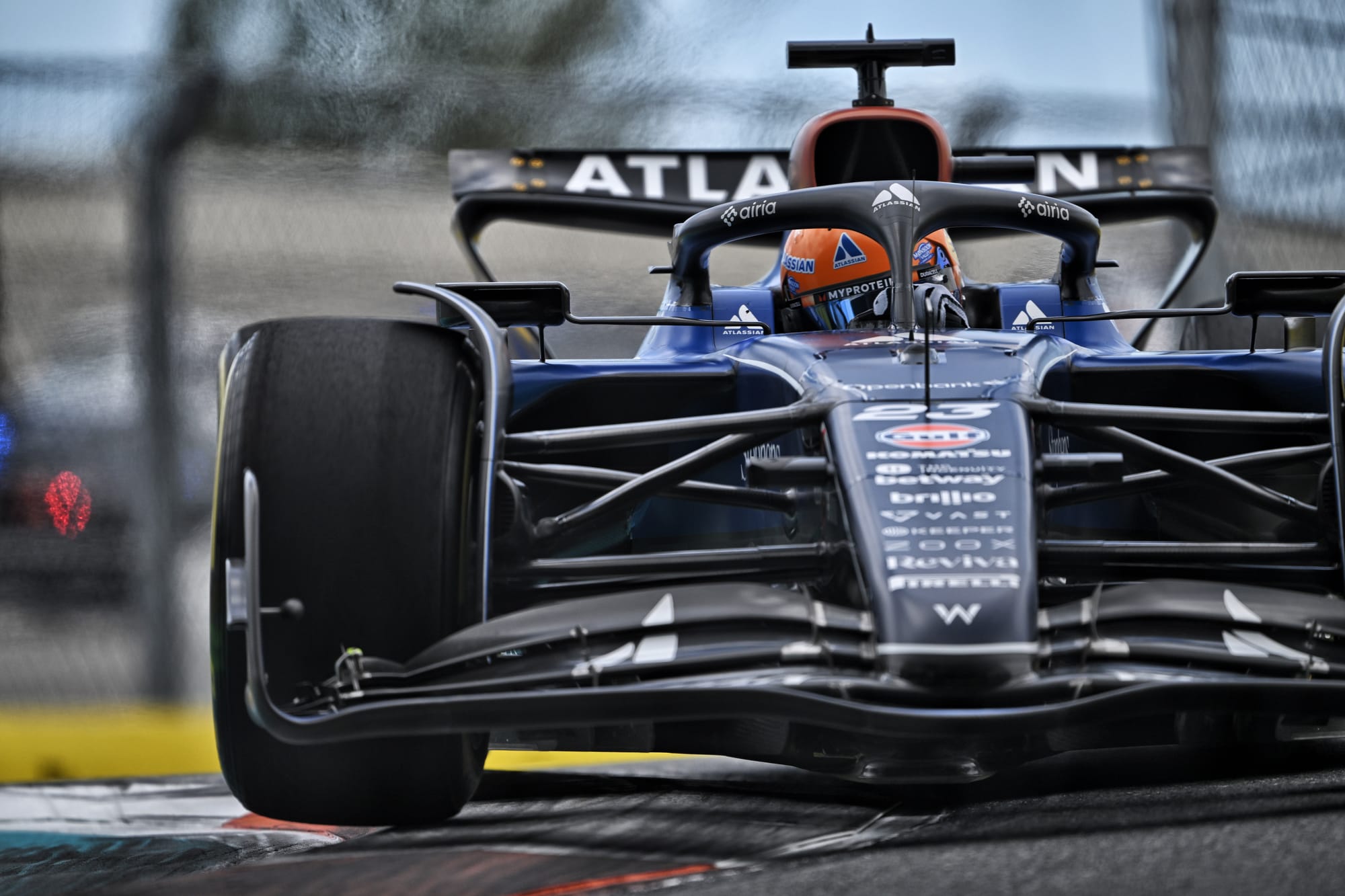
Championship position: 5th
Points: 70
Williams has surged to the front of F1's midfield in 2025, meaning it's not only fifth in the constructors' championship but also has a handy points advantage over its rivals.
At its best, the Williams FW47 has been the class of the midfield and snapped at the heels of the big four. That's allowed Alex Albon to take four top-six finishes. However, its form has fluctuated according to track characteristics.
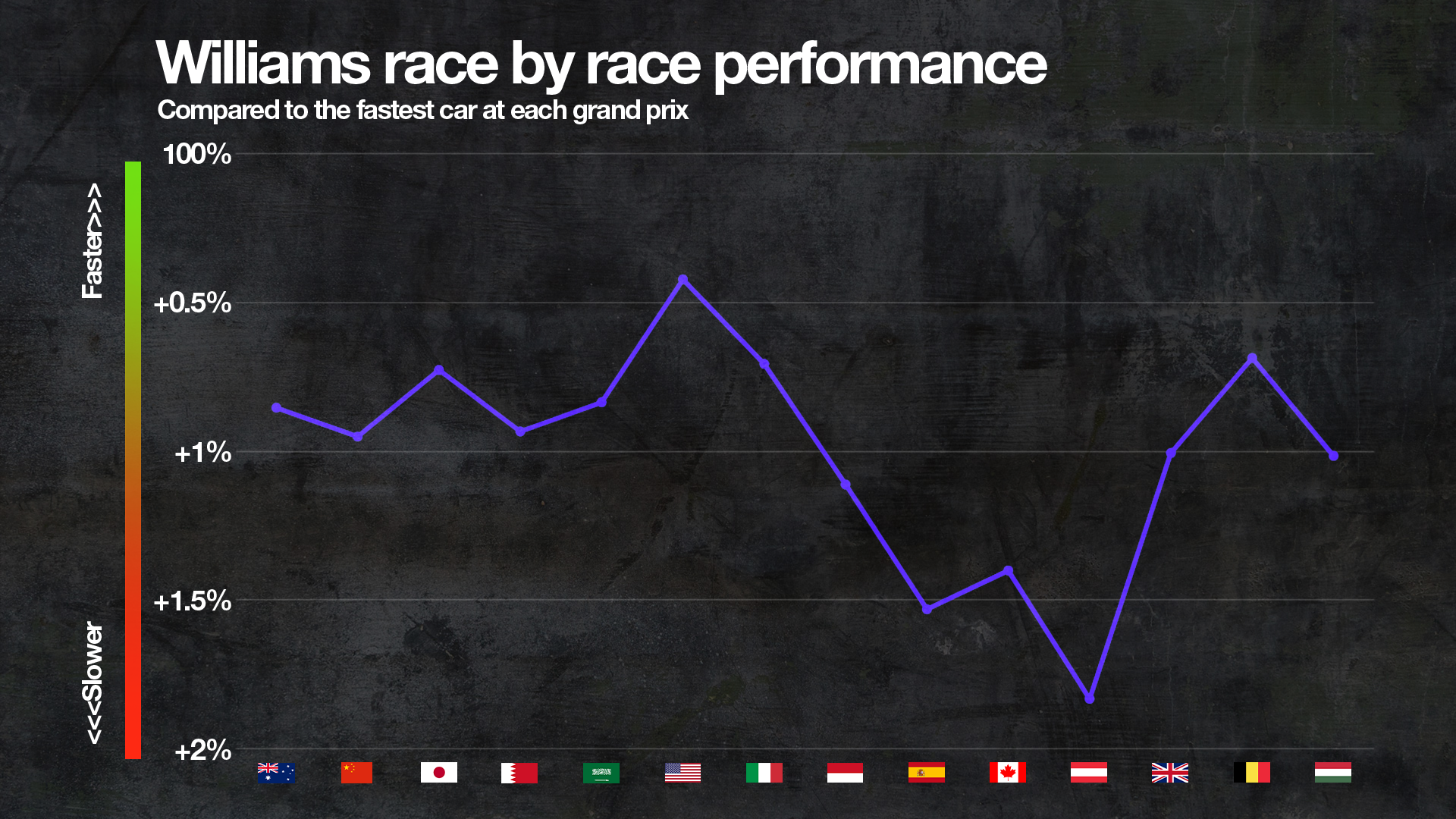
In particular, in longer corners with combination entries and when running at maximum downforce, it has been difficult. However, an aerodynamic upgrade at Silverstone helped to claw back performance losses to its midfield rivals.
The longstanding focus on 2026 and the new regulations means Williams quickly cut back on windtunnel time for the 2025 car. That means there will be no further upgrades this year, and "if that results in sixth or seventh in the championship, so be it" says team principal James Vowles.
With rivals closing in, it could be on for a tough run-in after the August break.
Verdict: A big step forward, but a few fumbles.
Haas: Grade C-
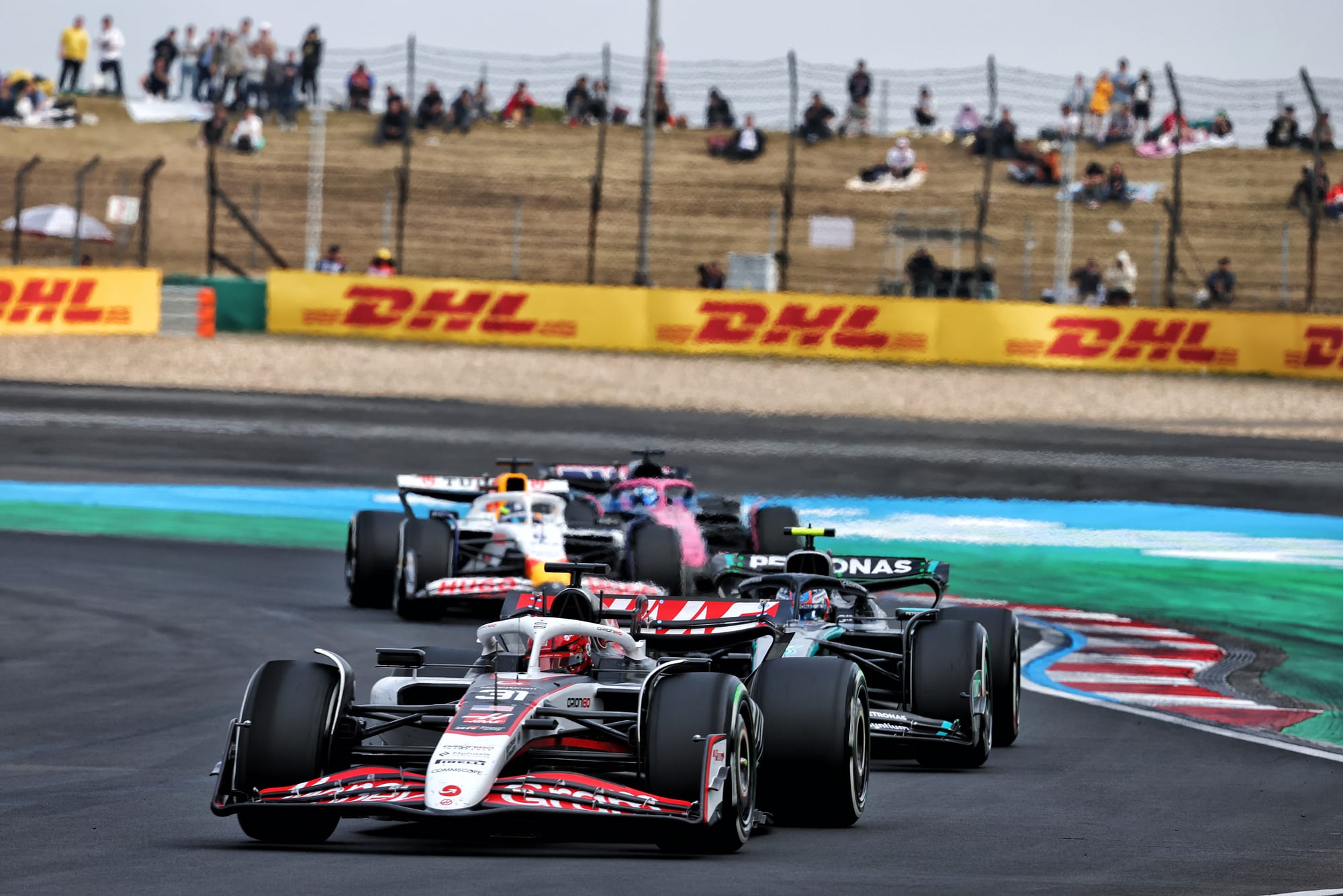
Championship position: 9th
Points: 35
Haas remains the smallest team in F1 with the lowest ceiling in terms of performance potential. That means that while it's slipped back after finishing seventh in the championship last year, it's still had a good year.
At first, Haas looked in serious trouble. Aerodynamic oscillations at high-speed cost over half-a-second in the fast Turn 9/10 sweep at Albert Park at the season-opening Australian GP and left it a distant last. Things were so bad, it made team boss Ayao Komatsu feel sick.
A hastily-produced floor upgrade, one that had never been in the windtunnel, mitigated the problem for the third race at Suzuka and the Haas VF-25 has proved to be a handy midfield weapon.
At its best, it can lead the way in the mid pack. The high point was in the second race of the season in China, where Esteban Ocon and Ollie Bearman finished fifth and eighth, but points have been patchier than they should have been.
However, the recent Silverstone upgrade has boosted its performance, in particular for Bearman, who described it as feeling like a Ferrari in terms of achieving full confidence in the car.
Haas should have more points, having squandered too many opportunities, but it has produced another quick car capable of competing for the top 10 on most weekends.
Verdict: Pace not always reflected in results.
McLaren: Grade A
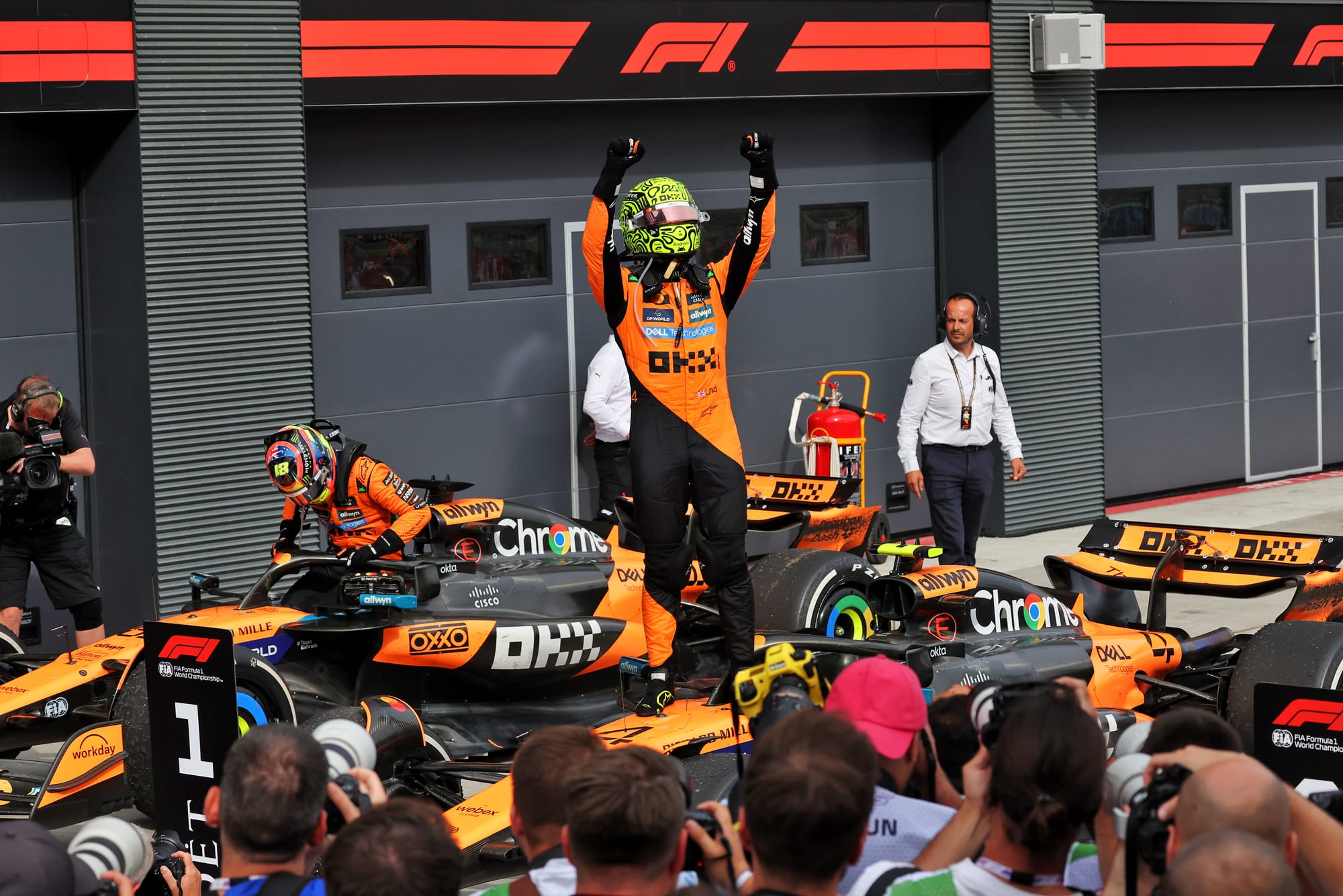
Championship position: 1st
Points: 559
Given it has won 11 out of 14 grands prix, is a massive 299 points clear in the constructors' championship, and has made the drivers' title battle an intra-team affair, McLaren couldn't have done much better this year.
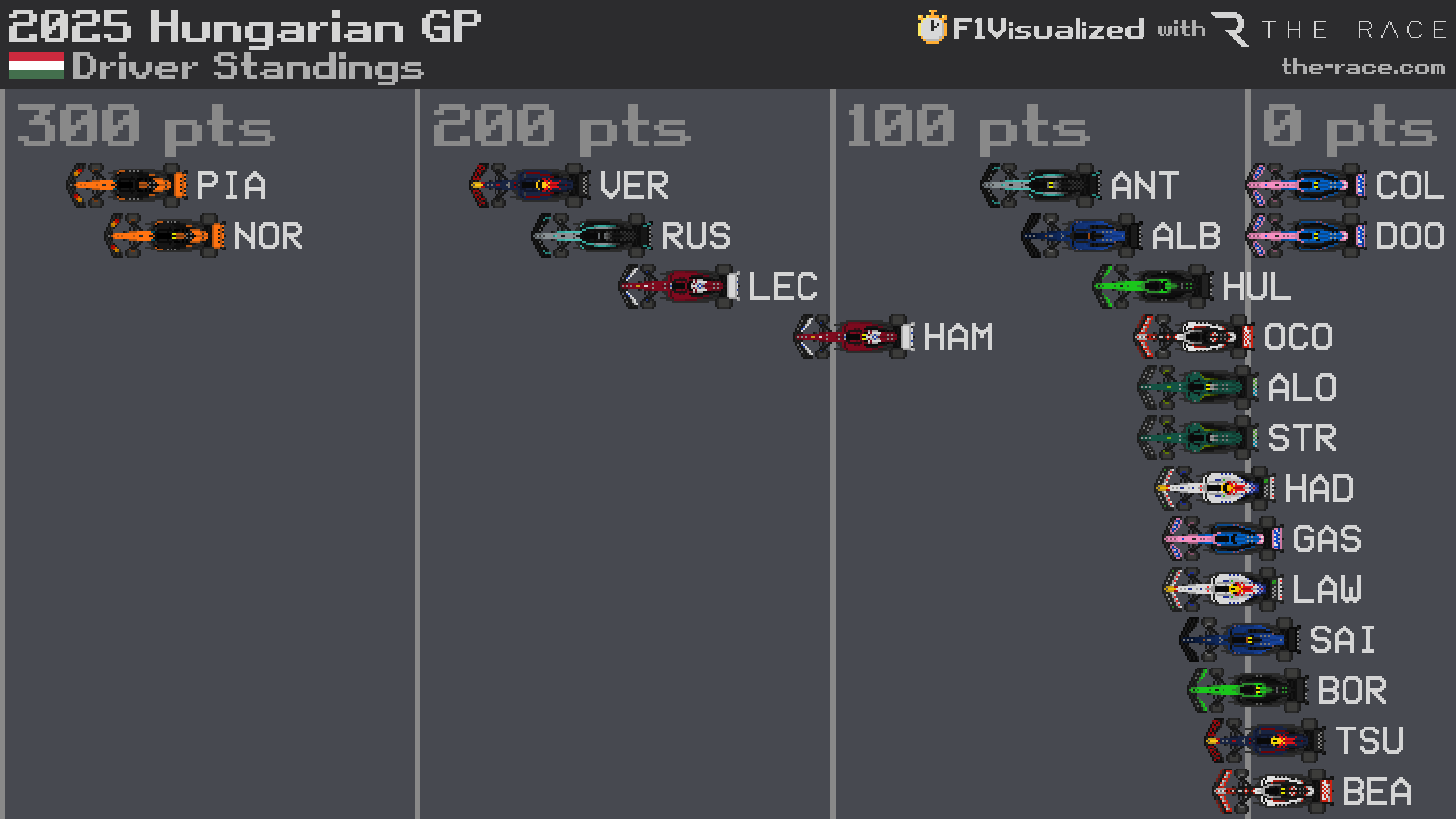
The car is fast everywhere, thriving particularly in medium-speed corners. As team principal Andrea Stella points out, "the GPS data says that McLaren can generate the highest mid-corner speed in medium-speed corners".
Despite hopes among rivals that the front wing flexibility technical directive introduced for round nine in Spain might derail it, McLaren has continued to thrive - bagging five 1-2s in the last six races.
The sole criticism is that both drivers have said since the start that the car can be tricky to get the most out of. Even championship leader Oscar Piastri says "the sometimes unpredictable nature of the car is not always the most pleasant".
Thanks to its outstanding rear tyre temperature management, the McLaren's often-slender advantage in qualifying usually turns into a huge one in race situations. Only the missed victory opportunities deny it a + grade.
Verdict: Achieving everything it set out to achieve.


